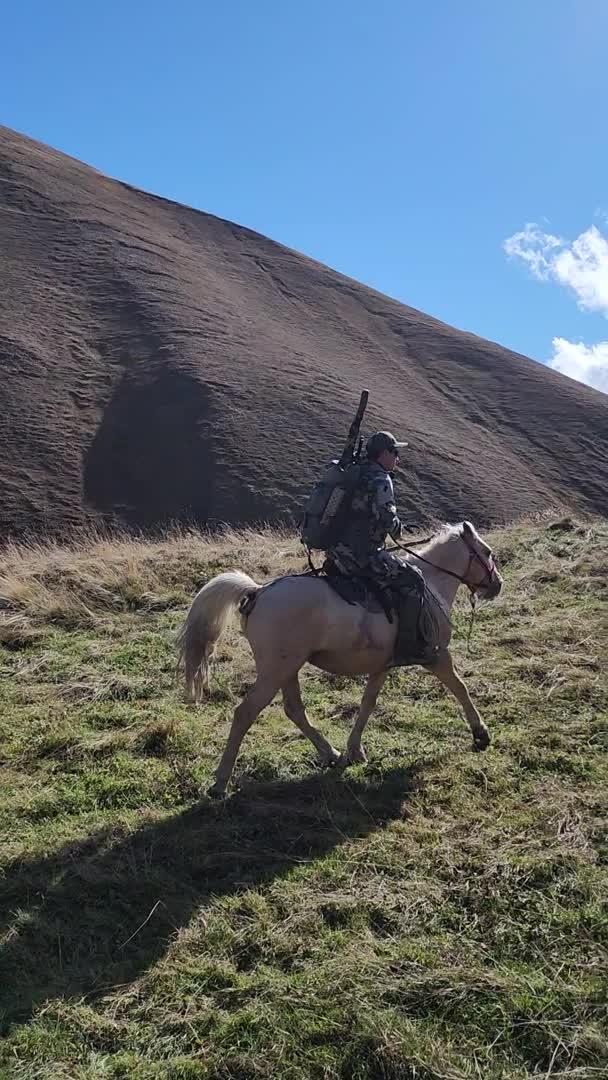
Hunting in Limpopo: Geography and Natural Features, Hunting Demographics, and Game Species Diversity Geography and Natural Features Limpopo is South Africa’s northernmost province, bordered by Botswana, Zimbabwe, and Mozambique. Its diverse landscapes include mopane woodlands, dry riverbeds, savannas, rocky ridges, and thick bushveld. This ecological variety creates ideal conditions for a wide range of game species and supports rich biodiversity. Limpopo’s location along transboundary wildlife corridors ensures strong genetics and excellent trophy quality. Hunting Population Limpopo is one of South Africa’s most popular hunting destinations, attracting both domestic and international hunters—especially from the United States and Europe. Its accessibility, abundance of outfitters, and broad range of game make it a top choice for first-time African hunters and seasoned sportsmen alike. The province handles a high volume of hunting safaris each year, including both plains and dangerou
Post: 25 July 19:42















































